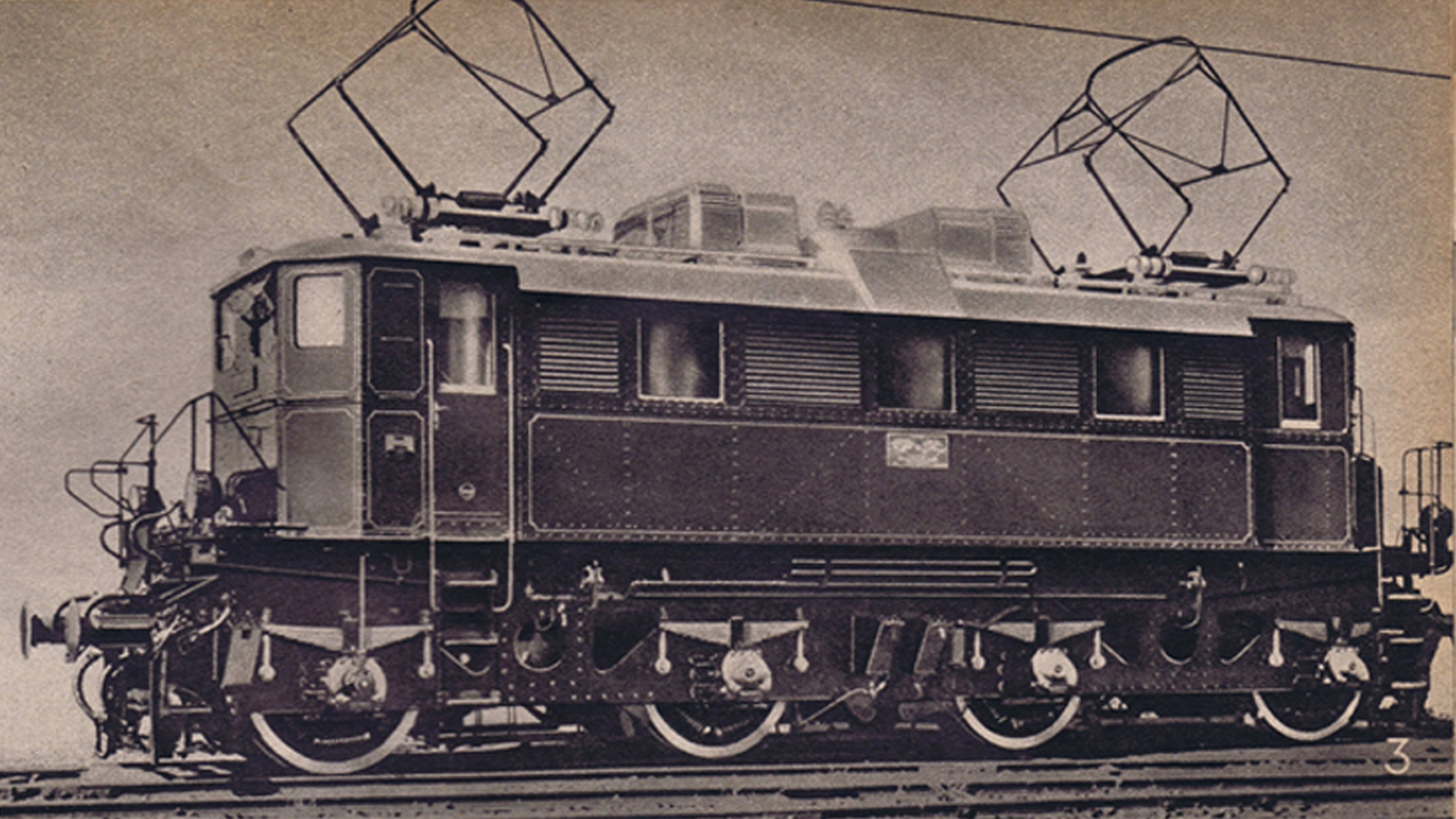
1923-1938
How it all began
Electrification, Austrofacism and travel boom: ups and downs.



ÖBB creates jobs to counter high unemployment rates following the assassination of Chancellor Dollfuss.
The assassination of Chancellor Dollfuss by Austrian National Socialists in July 1934 further aggravated the political climate. Unemployment figures rose rapidly.

To create jobs, the government introduced measures to expand the country's infrastructure. These included road works, such as the construction of the Vienna Reichsbrücke, the Vienna Höhenstrasse and the Grossglockner-Hochalpenstrasse, but it also included additional railway electrification measures. For example, the Tauern railway was electrified and the previously side-lined electrification of the western railway from Salzburg to Attnang-Puchheim was resumed. In addition, the government launched an extensive programme to replace the outdated carriage fleet with urgently needed new passenger and freight cars.
Electric railcars and diesel railcars were also developed and used, but in such small numbers that they were economically insignificant.


Cover photo: Electric standard locomotive, 2176 hp, 80 kilometres per hour, for passenger and goods trains.
Unless otherwise indicated, the image rights are held by © ÖBB Infra.